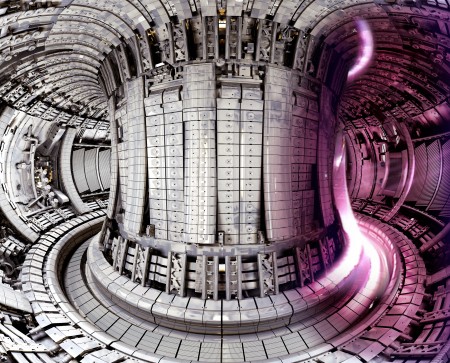
The Weekly Fusion: A Look at Current Advancements in Fusion Energy
│7.18.15-7.23.15│
The future of fusion is constantly being unfolded in front of our eyes, as every week there is some breakthrough in new technologies and designs in the nuclear fusion sector of energy. Since there is such a wealth of information, I have gathered and consolidated a list of articles geared toward the advancement of making fusion energy a reality, from within the past week.
Weekly Breakthroughs
China Spends Big On Nuclear Fusion As French Project Falls Behind
Pakistan Defense / 7.23.15
The ITER governing body consists of representatives from seven members: the United States, China, the European Union, India, Japan, Korea, and Russia. China in particular is investing heavily in building its own fusion reactor, the China Fusion Engineering Test Reactor. China, while in collaboration with the ITER project, is also building the China Fusion Engineering Test Reactor to be bigger than ITER It is expected to be completed by 2030.
Boeing Files Patent For Self Sustaining Laser Powered Nuclear Fusion Jet Engine
Jennifer Hicks / Forbes / 7.22.15
On behalf of Boeing, three inventors, Robert Budica, James Herzberg and Frank Chandler, filed a patent for a new jet engine powered by lasers and with controlled nuclear explosions. Boeing made an ambitious step in patenting a super-efficient, laser-powered nuclear fusion engine. This Boeing engine would make use of high-powered lasers to activate a small nuclear reaction, which would then cause the engine to move forward. The nuclear reaction would require a stream of hydrogen isotopes, which could be Deuterium or Tritium, producing helium as a byproduct.
China Opens Exhibit Featuring Military-Civilian Collaborations
EL Borromeo / Yibada / 7.20.15
During an exhibit that showed products and collaborations made jointly by its military and civilian companies, the Chinese Academy of Engineering Physics debuted a physical model of inertial confinement fusion (ICF). This fusion energy technology uses fuel target heating and compression, which is known as Shenguang III. Shenguang III can have a total output reaching as much as “180,000 joules of power peaking at 60 trillion watts”. This energy technology is 48 times the power of China’s current generators.






